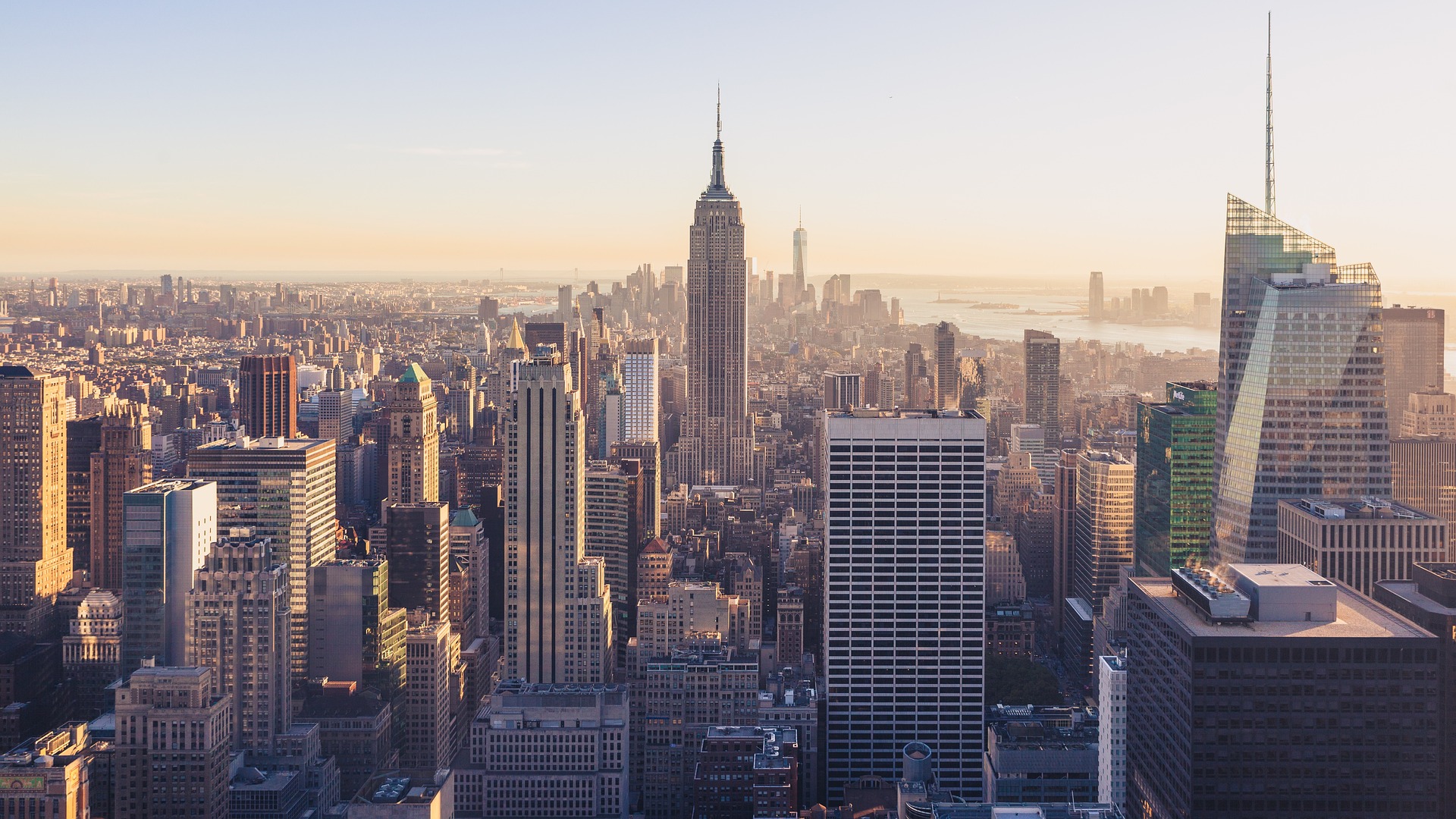Greenhouse Gas Emissions Limits in New York City—Who and What Will Be Affected?
On December 7, 2022, New York City (NYC) passed its latest rule corresponding to the overall goal of reducing building greenhouse gas emissions over the next several decades. Section 103-14 of Chapter 100 of Title 1 of the Rules of the City of New York, herein referred to as the Greenhouse Gas (GHG) Rule, provides provisions to calculate and report GHG emissions for a given facility through the year 2050.
Who will be required to comply?
Owners of “covered buildings” as defined in Article 320 of Title 28 of the Administrative Code are required to calculate and report building emissions for the previous calendar year beginning on May 1, 2025 and continuing annually. A list of covered buildings will be provided yearly by NYC.
Covered buildings include:
-
- Buildings that exceed 25,000 gross square feet;
- Two or more buildings on the same tax lot that together exceed 50,000 square feet;
- Two or more condominium buildings governed by the same board of managers and that together exceed 50,000 square feet.
What information must be contained in the annual building emissions report?
Owners must submit the following for each covered building:
-
- Occupancy group or property type and corresponding total floor area.
- Determined emission factors based on property types (emissions factors will adjust every 5 years from 2025 through 2050).
- Calculations based on gross floor area, building emissions limits, on-site energy consumptions (use of fuels) which will include provisions for different types of properties, energy storage, use of renewables, and more.
How will emissions factors to be used in calculations be determined?
Emissions factors shall be determined based on the building’s occupancy group, and report preparers shall select the most appropriate “property type” available in the Energy Star Portfolio Manager. Each property type will be assigned an emission factor expressed as tons carbon dioxide equivalents (tCO2e) per square foot (sf). For example, between 2024 and 2029, the assigned emission factors for a hospital and a library are 0.02381 tCO2e/sf and 0.00675 tCO2e/sf, respectively. These factors will gradually decrease in value every 5-year period through the year 2050 as emissions goals continue to tighten.
Walden is looking forward to helping building owners comply with the growing number of environmental sustainability regulations that are coming into effect. Give us a call today at 516-588-6859 to discuss how you can ensure your facilities remain in compliance.

Read more about NYC’s GHG emissions reduction efforts here, and contact Walden at 516-588-6859 to learn about our regulatory program compliance services.
